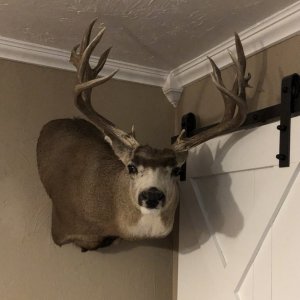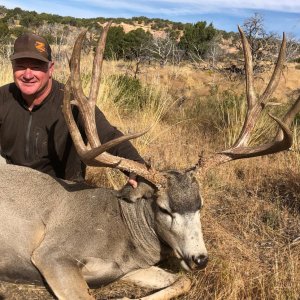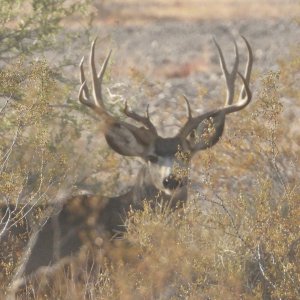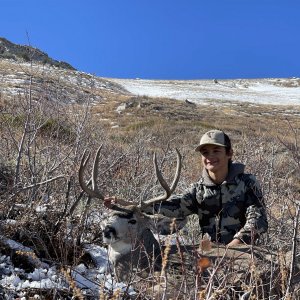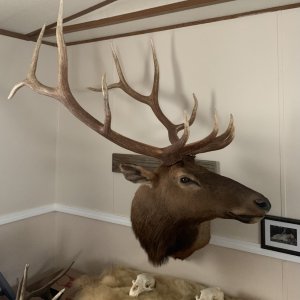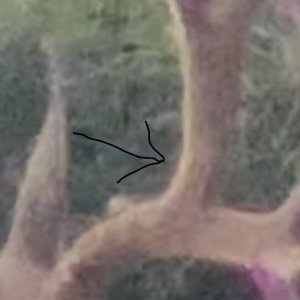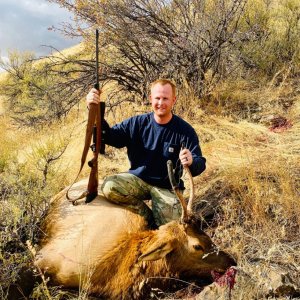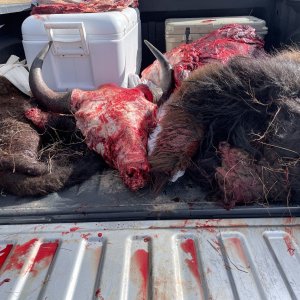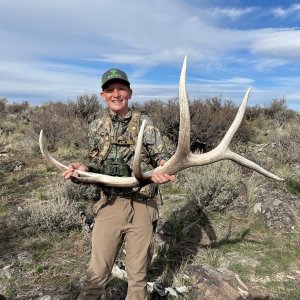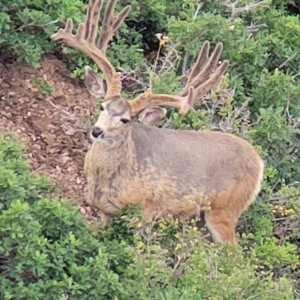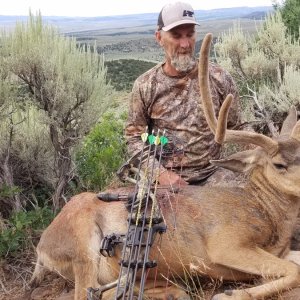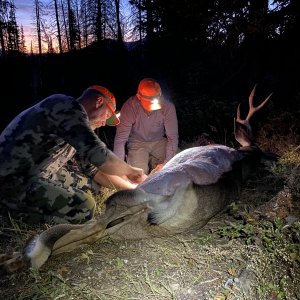LAST EDITED ON May-26-04 AT 10:17PM (MST)[p]Local biologist call these trees P/J forests, as in Pinion Junipers.
Since I like to take note of dead trees that I might latter come back & harvest for wood burning purposes, I like to look at the trees as I pass by scouting, or waisting time in the hills.
To my dismay I have noticed up to 10% of these trees in some areas, in various stands.
In talking with people, I have herd both theory's of prolonged drought conditions, or a beetle that is killing these trees.
The altitudes I have noticed this phenomena is primarily from 6 to 8 thousand feet, in the county's are Sevier & Piute, in Southern Utah, I am sure this will have an adverse effect on mule deer.
I have 3 questions,
1. has anyone else noticed this ? if so
2. Is this an isolated occurrence ?
3. what is the cause of such a large die off & can it be stopped ?
I would like to here from any wood cutters.
Since I like to take note of dead trees that I might latter come back & harvest for wood burning purposes, I like to look at the trees as I pass by scouting, or waisting time in the hills.
To my dismay I have noticed up to 10% of these trees in some areas, in various stands.
In talking with people, I have herd both theory's of prolonged drought conditions, or a beetle that is killing these trees.
The altitudes I have noticed this phenomena is primarily from 6 to 8 thousand feet, in the county's are Sevier & Piute, in Southern Utah, I am sure this will have an adverse effect on mule deer.
I have 3 questions,
1. has anyone else noticed this ? if so
2. Is this an isolated occurrence ?
3. what is the cause of such a large die off & can it be stopped ?
I would like to here from any wood cutters.

